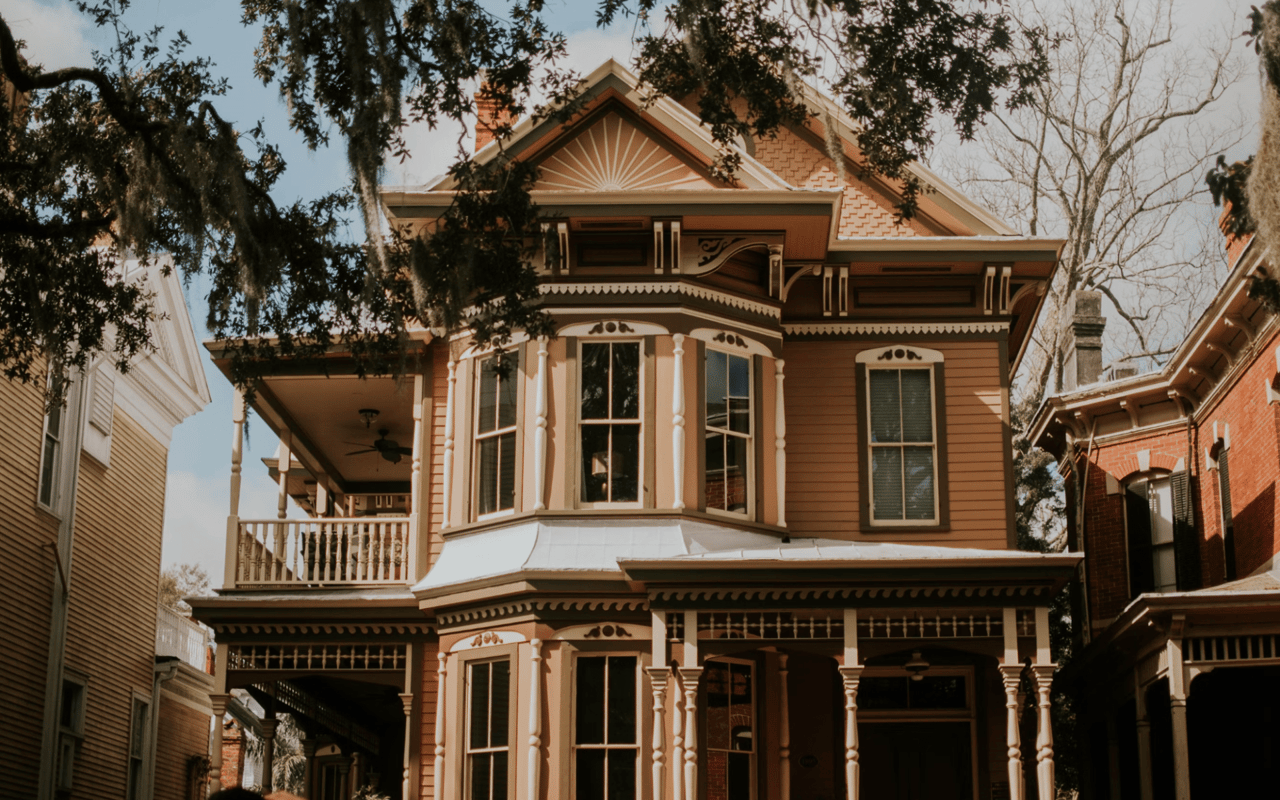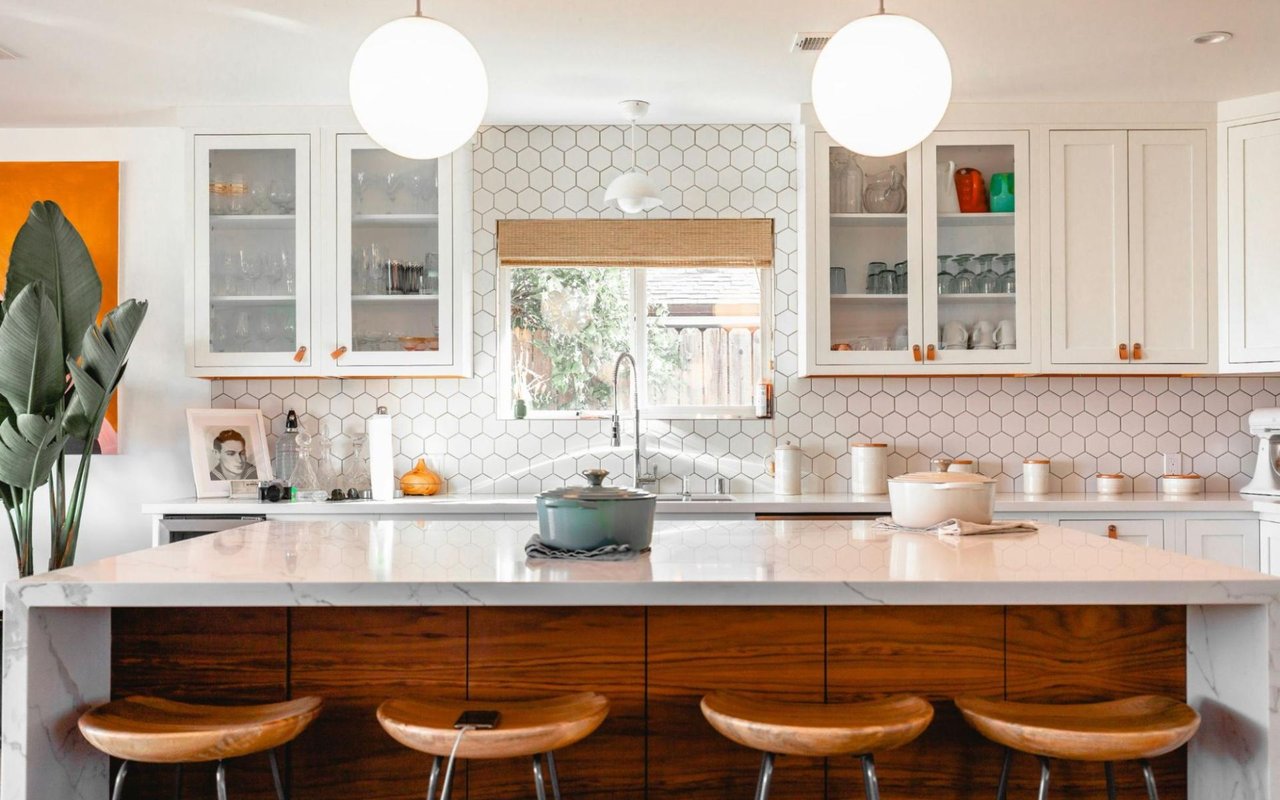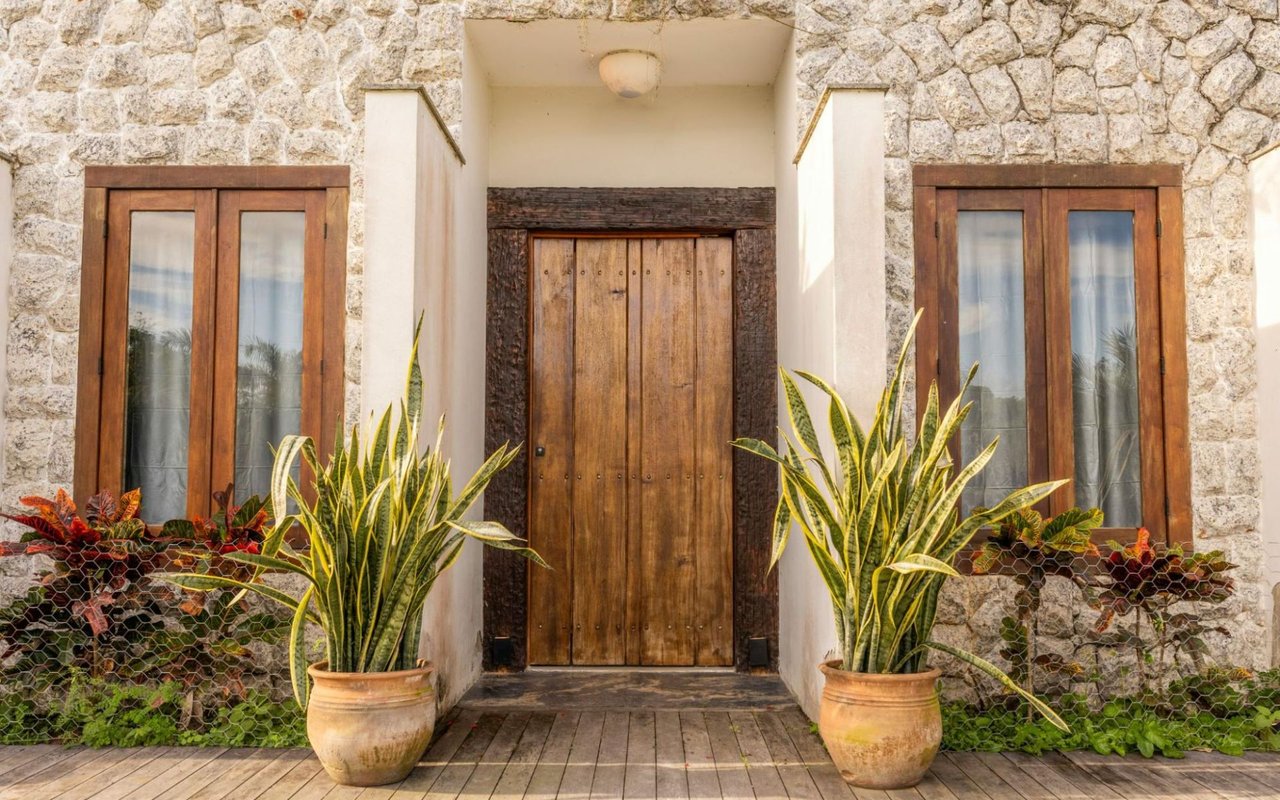The architecture of a home reflects its character and charm, often serving as a key factor in its appeal and value. Various architectural styles have evolved over the years, each with its distinct features and historical significance. This guide explores some of the most popular architectural house styles, providing insights into their defining characteristics and what makes them so beloved.
Victorian Style
Victorian architecture, named after Queen Victoria's reign, is known for its ornate detailing and eclectic design elements. This style emerged in the late 19th century and encompasses several sub-styles, including Queen Anne, Gothic Revival, and Italianate.
Victorian homes often feature steeply pitched roofs, elaborate trim, and asymmetrical facades. Towers, turrets, and wrap-around porches add to their whimsical and intricate appearance. Inside, Victorian homes are characterized by high ceilings, decorative moldings, and stained glass windows. The romantic and opulent aesthetic of Victorian architecture continues to captivate homeowners and architects alike.
Colonial Style
Colonial homes are among the most enduring and recognizable architectural styles in the United States. Originating in the early American colonies, this style draws inspiration from British colonial architecture. Colonial homes typically feature a symmetrical facade, evenly spaced windows, and a central front door flanked by multi-paned windows.
Inside, colonial homes often have a central hallway with rooms branching off on either side. The use of brick or wood siding, gabled roofs, and decorative shutters further define this classic style. Colonial homes exude a sense of tradition and stability, making them a popular choice for many homeowners.
Craftsman Style
Craftsman homes, also known as Arts and Crafts homes, emerged in the early 20th century as a response to the Industrial Revolution's mass production. This style emphasizes handcrafted details, natural materials, and a harmonious relationship with the surrounding environment.
Key features of Craftsman homes include low-pitched gabled roofs, overhanging eaves, and exposed wooden beams. Front porches supported by tapered columns are also common. Inside, Craftsman homes boast built-in furniture, wide window and door casings, and open floor plans. The emphasis on craftsmanship and simplicity makes this style a favorite among those seeking both beauty and functionality.
Modern Style
Modern architecture, which gained prominence in the mid-20th century, is characterized by clean lines, open spaces, and an emphasis on form following function. This style often incorporates large windows, flat or low-pitched roofs, and the use of industrial materials like steel and concrete.
Modern homes prioritize minimalism and a seamless connection between indoor and outdoor spaces. The interiors are typically open and airy, with an emphasis on natural light and functional design. The modern architectural style appeals to those who appreciate simplicity, innovation, and a contemporary aesthetic.
Mediterranean Style
Mediterranean homes, inspired by the coastal regions of Spain, Italy, and Greece, are known for their stucco exteriors, red-tiled roofs, and arched doorways. This style gained popularity in the United States during the early 20th century, particularly in warmer climates.
Mediterranean homes often feature courtyards, wrought-iron details, and expansive outdoor living areas. Inside, they boast high ceilings, wooden beams, and tiled floors. The use of earthy tones and natural materials creates a warm and inviting atmosphere. This style's emphasis on indoor-outdoor living and elegant details makes it a favorite in regions with mild weather.
Cape Cod Style
Cape Cod homes, originating in New England in the 17th century, are known for their simple, symmetrical design and practical features. This style experienced a resurgence in popularity during the mid-20th century.
Key characteristics of Cape Cod homes include steeply pitched roofs, dormer windows, and shingle siding. These homes often have a central chimney and a symmetrical facade with a centered front door. Inside, Cape Cod homes are typically cozy and compact, with an efficient layout. The timeless and straightforward design of Cape Cod homes continues to appeal to those who value tradition and simplicity.
Tudor Style
Tudor homes, inspired by medieval English architecture, are characterized by their steeply pitched gable roofs, decorative half-timbering, and tall, narrow windows. This style gained popularity in the United States during the early 20th century.
Tudor homes often feature brick or stone exteriors with intricate masonry and leaded glass windows. The interiors are typically spacious, with high ceilings, exposed wooden beams, and detailed woodwork. The distinctive and stately appearance of Tudor architecture makes it a sought-after style for those who appreciate historical charm and craftsmanship.
Ranch Style
Ranch homes, also known as ranchers or ramblers, emerged in the mid-20th century and quickly became a staple of American suburban living. This style is known for its long, low-profile design and emphasis on single-story living.
Key features of ranch homes include simple, open floor plans, large windows, and an attached garage. The use of natural materials like wood and stone, along with sliding glass doors that open to patios or backyards, enhances the connection to the outdoors. Ranch homes are valued for their practicality, ease of maintenance, and casual, laid-back aesthetic.
Farmhouse Style
Farmhouse architecture, rooted in rural traditions, combines rustic charm with modern comforts. This style has seen a resurgence in popularity, blending traditional elements with contemporary design.
Farmhouse homes often feature gabled roofs, large porches, and board-and-batten siding. Inside, they boast open floor plans, exposed wooden beams, and a mix of vintage and modern furnishings. The use of natural materials, neutral color palettes, and functional design elements creates a warm and welcoming atmosphere. The farmhouse style's blend of old and new makes it a versatile choice for many homeowners.
Contemporary Style
Contemporary architecture, often confused with modern architecture, refers to the current trends in home design. This style is constantly evolving, incorporating elements from various architectural traditions while emphasizing sustainability and innovation.
Contemporary homes typically feature open floor plans, large windows, and a mix of materials like wood, glass, and metal. The design prioritizes energy efficiency, with features like solar panels, green roofs, and smart home technology. The adaptability and forward-thinking approach of contemporary architecture appeal to those who value both aesthetics and functionality.
The Truss Team: Your Waco Real Estate Experts
Exploring the most popular architectural house styles can inspire you and help you find the perfect home that suits your taste and lifestyle. Whether you appreciate the timeless charm of Colonial homes, the intricate details of Victorian architecture, or the sleek lines of modern design, understanding these styles can guide your real estate decisions. For more information on homes for sale in Waco and expert guidance on finding your dream home, reach out to The Truss Team to begin your journey today.



